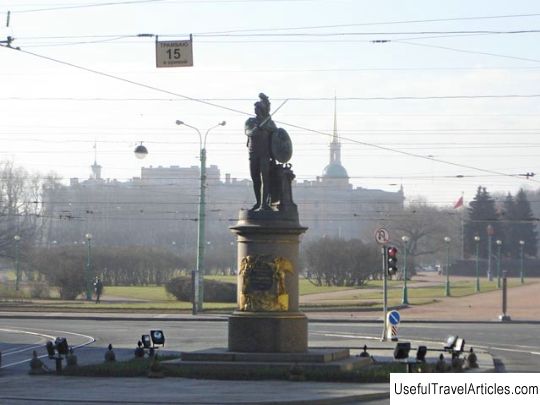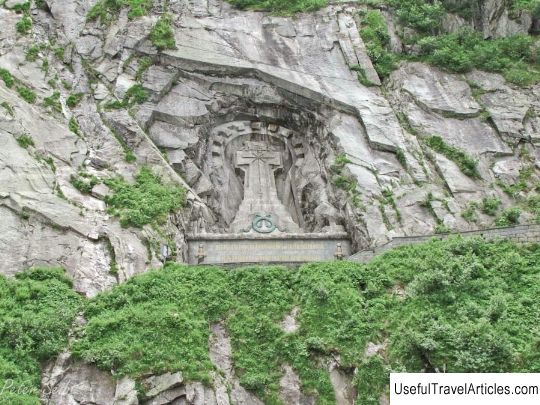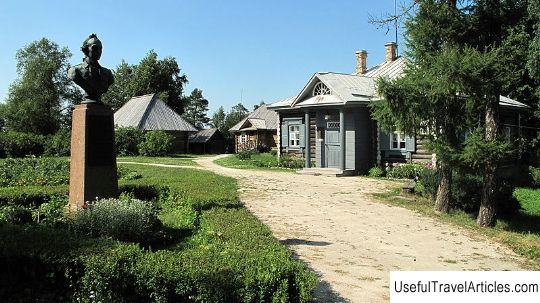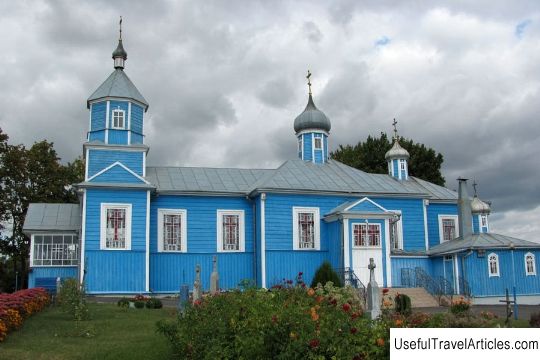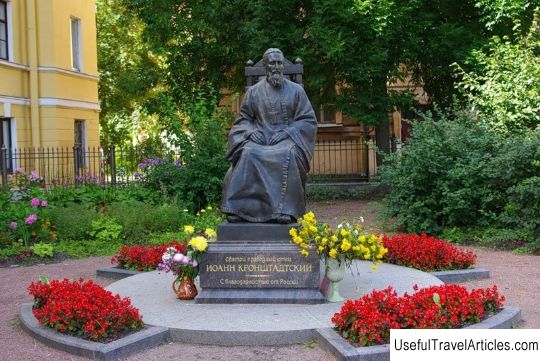A. V. Suvorov description and photo - Russia - Saint Petersburg: Saint Petersburg
Rating: 8,7/10 (654 votes) 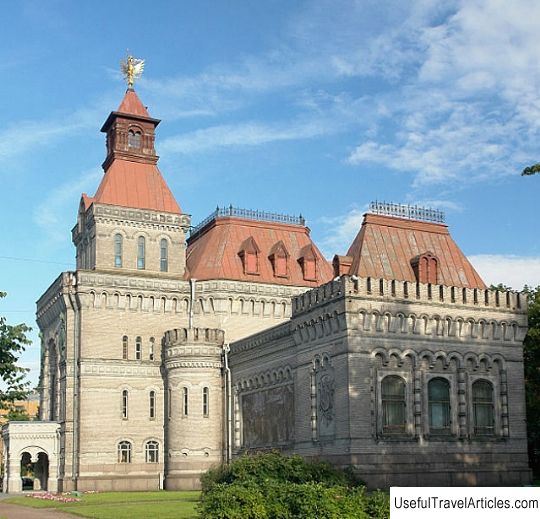
A.V. Suvorov description and photo - Russia - St. Petersburg: St. Petersburg. Detailed information about the attraction. Description, photos and a map showing the nearest significant objects. Photo and descriptionIn 1904, on the eve of the Russian-Japanese war, a memorial museum of the most famous Russian commander, Alexander Vasilyevich Suvorov, was opened in St. Petersburg. This is how Russia honored the memory of its wonderful son on the 175th anniversary of his birth. And at the end of the 19th century, Russia was preparing to celebrate the 100th anniversary of the death of the great commander-generalissimo Alexander Vasilyevich Suvorov. Slonovaya Street was renamed into Suvorovsky Prospect. But the planned commemorative events were not limited to this: it was decided to erect a monument or build a memorial museum. The choice was made in favor of the museum, for the construction of which funds were raised primarily among the military. The 81st Apsheron regiment, which once went on campaigns under the leadership of Suvorov and became the initiator of the perpetuation of the memory of Suvorov, monthly for four years deducted a quarter percent of his salary. Money was transferred not only by the military, but also by officials, professors, students, workers, even peasants. Emperor Nicholas II became the main donor. So the A.V. Suvorov became the first museum of one person in Russia and was created with donations from the people, although with substantial support from the state treasury. By the planned date of the anniversary, by 1900, it was not possible to erect the building, since the city authorities took too long to determine the place for its construction, and the creation of the project was also delayed. The laying of the foundation began only in 1901 on the site that was allocated by the Preobrazhensky regiment. The construction of the museum of the great son of the Russian land was revered as a nationwide affair, and all of its members considered it their honorific duty. On the basis of a competition of projects, the work of the architect Alexander Ivanovich von Gauguin was selected. The building was designed in the style of ancient Russian fortresses in the form of a watchtower and walls with loopholes extending from it. The central part is a three-tiered tower with a pyramidal hipped roof, which was crowned with a double-headed eagle. It is adjoined by two wings, which in turn end in rectangular towers with a high roof. In the center of the building there is an entrance to it, designed as a "terem" porch similar to the old Russian palace porch. Above it there is a huge semicircular window, similar to the entrance to the fortress tower. Green glazed tiles cover the hipped roof sections of the central tower. The parapets of the building are decorated with battlements, made in the form of "dovetail". On the wings of the building there are mosaic paintings made by masters Maslennikov and Zoshchenko according to the sketches of artists Shabunin `` Departure of Suvorov on a campaign in 1799 '' and Popov " Suvorov's Crossing the Alps ". Under the tent of the central tower, instead of the originally conceived two-headed eagle, the prince's coat of arms of the great commander is now placed. Church consecration and the grand opening of the Suvorov Museum took place on the day of the 175th anniversary of his birth, November 13, 1904. They were attended by Emperor Nicholas II, representatives of the regiments commanded by Suvorov, the highest military ranks, the founders of the museum, the descendants of the Generalissimo and many ordinary people. After the revolution, the museum was evacuated and reopened only in 1951 as a military history museum. And only in 1998, the museum was reborn as a temple and memorial to Suvorov. The collection of the Suvorov Museum from the very beginning was formed at the expense of the gifts of admirers of his memory. The fund is based on three collections. The first is the genuine Suvorov Konchansk church, which kept Suvorov's awards, a telescope, and even a tombstone that originally lay on his grave. This temple was donated to the museum by a descendant of Suvorov V.V. Molostvov. Unfortunately, in 1925 this wooden church was dismantled for firewood. But the museum plans to restore it. The second is a collection of the commander's documents, from courier passports of Sergeant Suvorov to the very latest papers, written by his hand - drafts of letters about his arrival in St. Petersburg in 1800, as well as patents for ranks and certificates of awarding titles. These documents were transferred to the museum in 1902-1904. Emperor Nicholas II. Including the famous painting by Surikov `` Suvorov's Crossing the Alps '', which is now exhibited in the Russian Museum. The third is a collection of an admirer of Suvorov's talent V. P. Engelhardt, who specialized in collecting relics associated with the Swiss campaign of Suvorov. These are all sorts of items of equipment, cannonballs, weapons brought from the battlefield, models of monuments installed in Switzerland, portraits of Suvorov's associates and opponents, and much, much more. Now the collection of this unique museum is over 100 thousand items. These are uniforms, orders, banners, weapons, a trophy French cannon, commemorative medals, graphics, painting, a handwritten textbook of arithmetic by 10-year-old Suvorov, a completely exceptional collection of tin soldiers - a whole army of more than 55 thousand. The exhibition, which reproduces the Battle of Borodino, fully presents both armies - both the Russian and Napoleon. People come and go here, wishing to honor the memory of the great Russian commander and man.            We also recommend reading Curtea Veche (Courtea Veche) description and photos - Romania: Bucharest Topic: A. V. Suvorov description and photo - Russia - Saint Petersburg: Saint Petersburg. |
